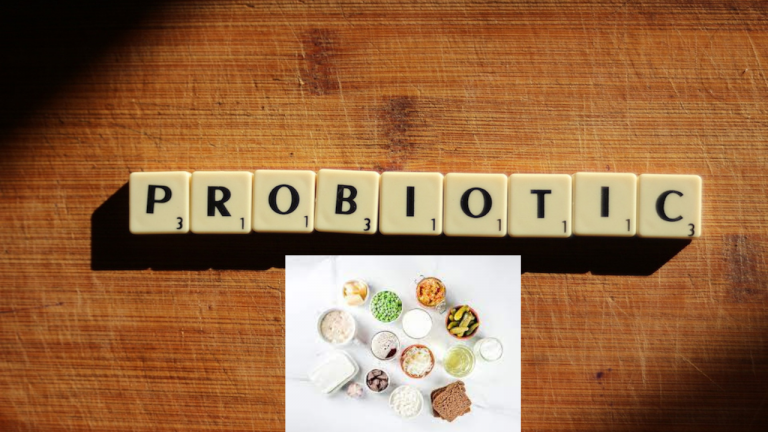What are Modified Starches?

What is the use of it? And how does it make?
Modified starches are starches that have been chemically or physically altered to improve their functional properties for specific applications. These modifications are typically done to improve characteristics such as stability, viscosity, texture, and heat resistance, making modified starches suitable for a wide range of food and industrial applications.
The production of modified starches typically involves treating native starches, which are extracted from various sources such as corn, wheat, tapioca, or potatoes, with different chemical or physical processes. Some common methods used to modify starches include:
Cross-linking: This involves creating covalent bonds between starch molecules to increase their stability and resistance to heat and shear. Cross-linked starches are commonly used in food applications where stability and heat resistance are important, such as in frozen foods, sauces, and canned goods.
Hydrolysis: This involves breaking down starch molecules into smaller fragments through enzymatic or acid hydrolysis. This can result in modified starches with different viscosities and functional properties, such as increased solubility or reduced gelling properties. Hydrolyzed starches are used in a wide range of food and beverage applications, including thickeners, stabilizers, and texturizers.
Substitution: This involves replacing some of the hydroxyl groups on starch molecules with other functional groups, such as acetate, phosphate, or propionate. Substituted starches can have modified properties, such as improved emulsifying or water-holding capacities, and are used in applications such as dairy products, soups, and sauces.
Physical modification: This involves subjecting starches to physical treatments, such as heat, pressure, or shear, to modify their properties. For example, pregelatinized starches are made by heating and drying native starches to create a pre-gelatinized form that can be easily dispersed in cold water without the need for further cooking.
Modified starches are used in a wide range of food and industrial applications, including as thickeners, stabilizers, emulsifiers, binders, and texturizers in processed foods, dairy products, soups, sauces, dressings, confectionery, beverages, and more. They are chosen for their specific functional properties that can be tailored to meet the requirements of different food formulations and processing conditions.



